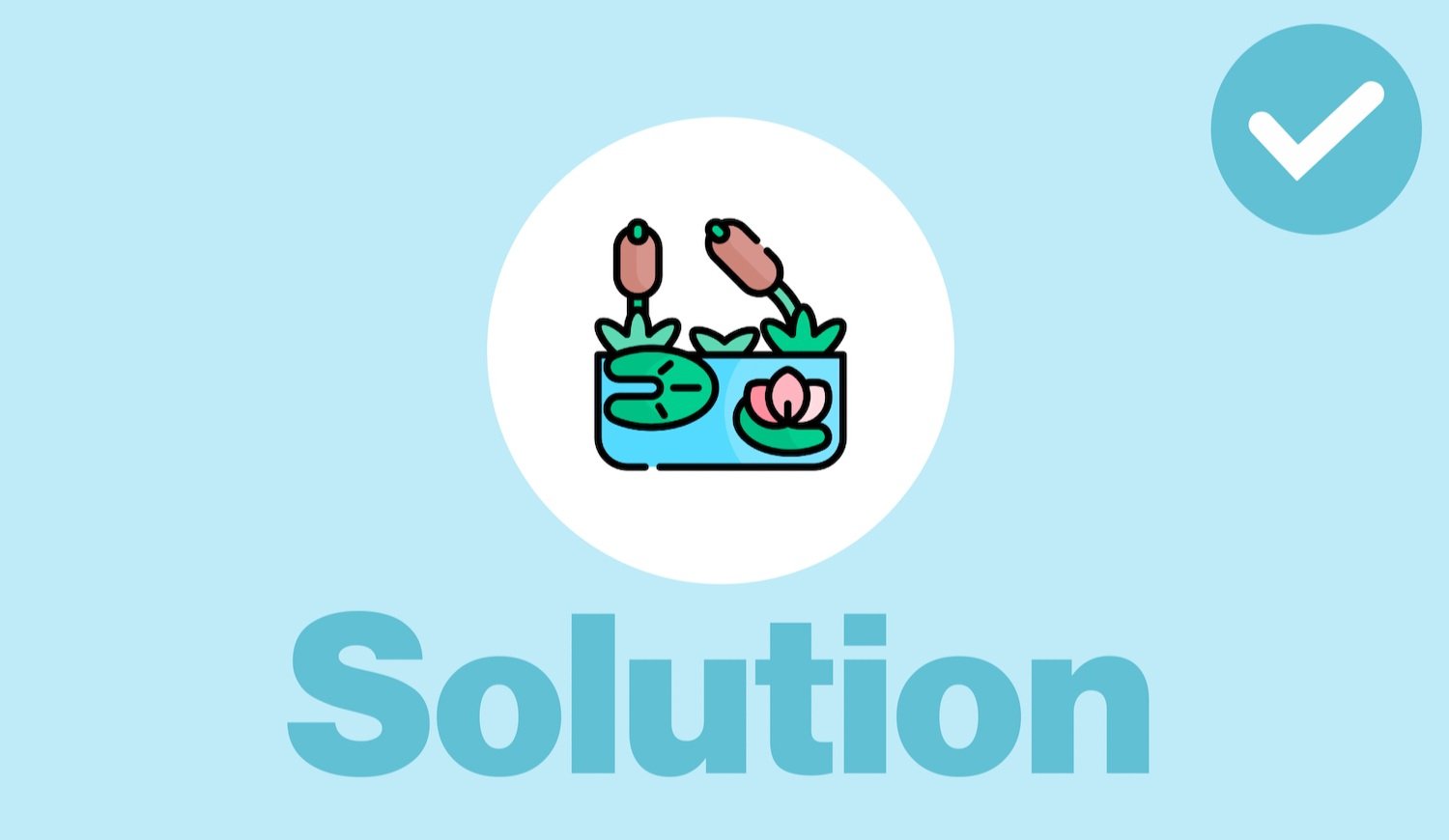
An Exploration through South Florida’s Water Cycle

Do you know where your water comes from?
It has cycled through different forms and traveled around the world over millions of years before reaching your sink. Keep scrolling to follow one drop’s journey through South Florida as it flows past challenges at every phase of the water cycle.
Follow the water as it flows past challenges at every phase of the water cycle.
〰️
Follow the water as it flows past challenges at every phase of the water cycle. 〰️


Higher carbon emissions have caused changing weather patterns which can cause drought or excessive rainfall and dangerous flooding.
Lower your carbon emissions at home by saving energy, shopping less, and advocating for renewable energy initiatives such as solar and wind.

Loss of our wetland habitats lowers the ability of rainwater to trickle back down into the aquifer. Nearly half of the Everglades has been drained for urbanization and agricultural development.
Advocate for the restoration and protection of wetland ecosystems.

With less fresh water underground due to overextraction or drought, salt water along the coast seeps further into the aquifer, posing significant risks to freshwater resources. This risk becomes greater as sea levels rise due to hotter global temperatures.
Conserve water at home by switching to low-flow sinks, toilets, and washers, and collecting rainwater for gardening. Advocate for wetland restoration to protect the flow of fresh water into the aquifer.

Chemical fertilizers and pesticides used in agriculture or lawn maintenance can contaminate our water as it makes it’s way back into the environment through soil and waterways.
Stormwater can wash pollutants like litter, fertilizer, oil, and grease from urban streets to surface waters.
Avoid using chemical fertilizers or pesticides, especially during the rainy season from May to October. Avoid single-use plastic, dispose of your waste properly and participate in community clean–ups.
Protect the Cycle
Explore the ways you can add your drop and keep water flowing long into the future.
Conserve Water at Home:
-
Using native plants rather than grass uses less water
No fertilizer from May - October
Collect rainwater and use to water your plants
-
Explore water-efficient toilets, shower heads, sinks, laundry machines, and dishwashers.
Close the tap to avoid running water straight from the tap into the drain.
Fill your dishwasher before running it.
Keep showers under 5 minutes.
Do less loads of laundry by keeping lightly used clothes out of the hamper.
-
Eat less red meat and animal products (producing these foods makes up the majority of your water use)
Clothing like jeans and t-shirts use massive amounts of water to produce. Lower your demand for new clothes by thrifting and buying less frequently.
Learn more about sustainability
Watch our video series about protecting The Natural Order in South Florida.
Get Involved with BLUE Missions
Support our work to help people gain access to clean water and protect water sources through education and service.
















